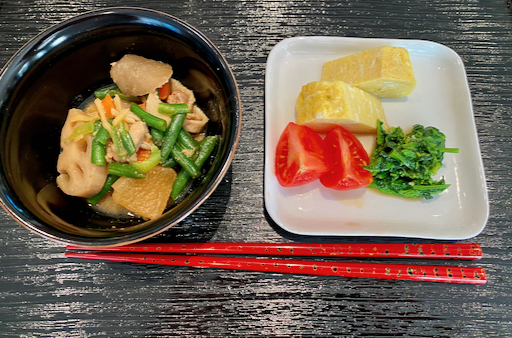We used to subscribe New York Times Cooking. It was rather expensive for just the cooking section so we eventually cancelled the subscription. In any case, this is a recipe called ”Creamy Avocado-miso dressing” and it is from NYT Cooking. Since we had ripe avocado on hand and the recipe uses miso, we deemed this worth a try. This was supposedly “salad dressing” for “hearty” greens, a warm grain bowl or grilled vegetables. We tried it as a topping for the homemade cheese wife made and as a dip for blanched cauliflower. Both tasted good. When we thawed a sous-vide cooked chicken breast, in addition to my traditional shredded chicken dish using sesame dressing, as per my wife’s suggestion, I made half of the shredded chicken with the avocado miso dressing. In the picture below, the left is with sesame dressing and the right is with avacado-miso dressing.
The sous-vide cooked chicken breast is perfect for this type of dish. The meat is soft and moist.
Ingredients:
1 ripe avocado, halved and pitted, flesh removed from skin
1/4 cup lemon juice (I used Meyer lemons since I had them).
2 tbs olive oil
1 tbs vinegar (I used rice vinegar)
1 tbs white miso (I used “awase-meso” which is mixture of red and white miso).
1tbs honey
1/2 tsp kosher salt
1/2 tsp black pepper
Directions:
Combine all ingredients in a mini-food processor and blend until smooth (shown below).
















.jpeg)


